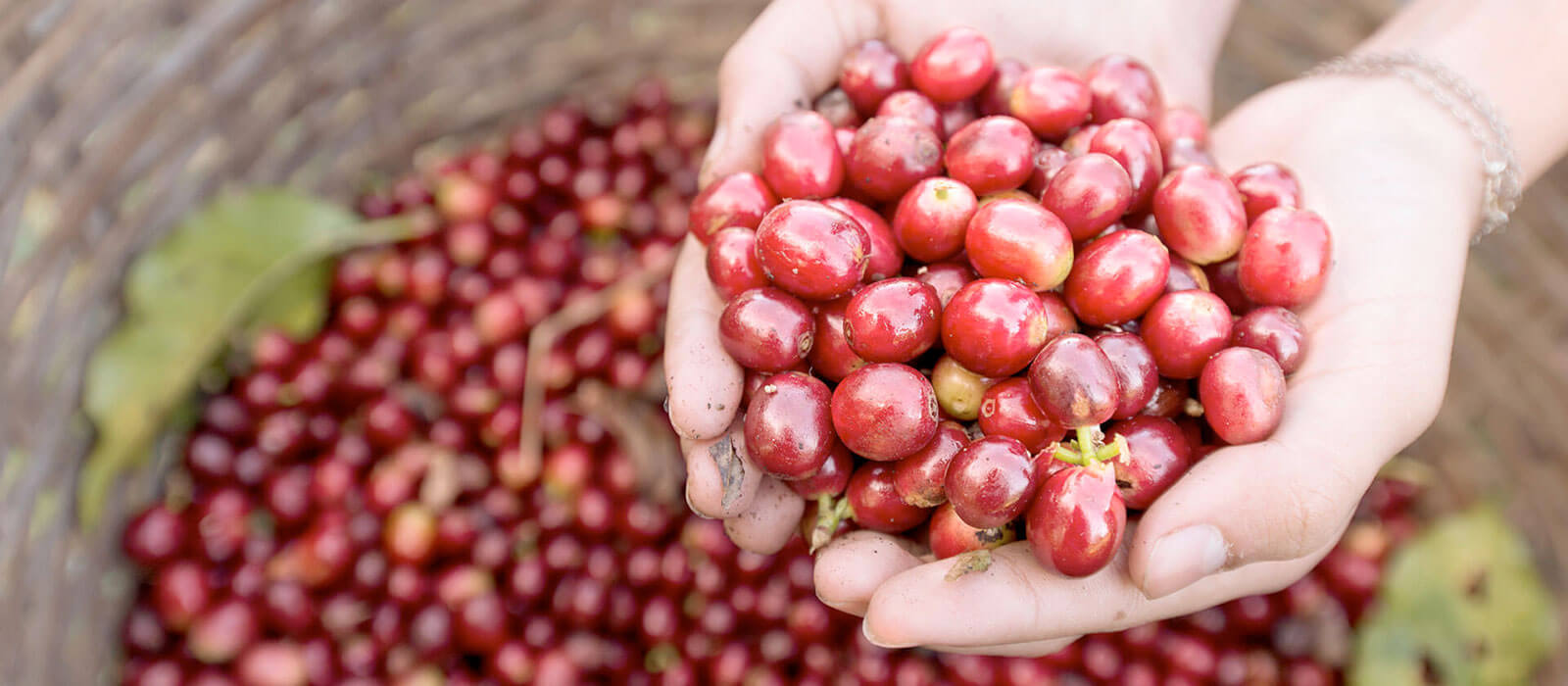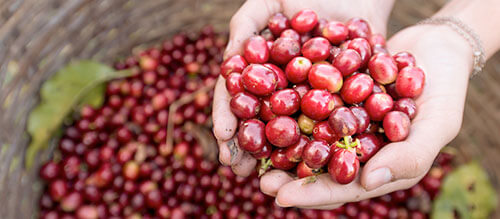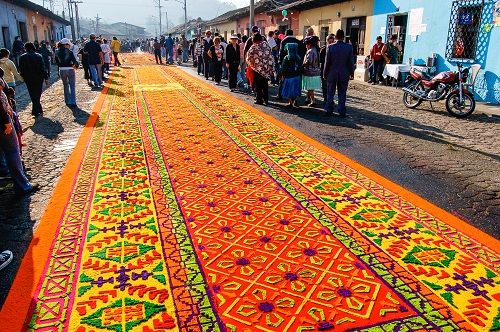Spanish Culture: Traditions in Colombia | donQuijote





Forget about the Easter Bunny – in Spanish-speaking countries, a whole week is dedicated to commemorating the passion, death, and resurrection of Jesus and yet not once does a furry egg-bearing animal hop into view. Today we’re bringing you some fun facts about Semana Santa, one of the most important events of the year in many countries around the world. Click here to read this post in Spanish.
Holy Week begins on Palm Sunday. Wherever you are studying Spanish in Latin America, on this day the city will be filled with people carrying palm leaves, often braided into crosses and other shapes, to church to be blessed. Afterwards, the churchgoers will take the palms home and hang them over or behind the front door for protection. These palms will be burned the following year on Ash Wednesday, marking the beginning of Lent.

This custom, like many others, harks back to Semana Santa traditions from Spain. Street processions with live music and beautiful floats carrying religious figures through the city can also be found across Latin America. Of course, although there are several common threads that run throughout the Americas, each region’s local traditions and personality is infused into the way Holy Week is observed there.

Many countries follow traditional eating customs with special foods that are typically eaten only during Lent and Holy Week. In Ecuador, that dish is fanesca, a thick soup made with cod and 12 different types of grains and legumes. The fish is said to represent Jesus, while the 12 other star ingredients (which may vary depending on the chef) represent the 12 disciples.

Holy Friday, the day of Jesus’s death, is the most solemn day of Semana Santa. Only a few generations ago in Costa Rica and other countries, people remained mostly silent all day and refrained from bathing or swimming. People who dared to go against tradition ran the risk of turning into a fish.
In Mexico, Holy Saturday becomes a day of fire with the Quema de Judas. Large papier-mâché statues of Judas Iscariote (who betrayed Jesus), the devil, and even different political figures are hanged and burned before the eyes of hundreds of spectators. Like the Fallas of Valencia, this flaming tradition is a powerful sight to behold.

Easter Sunday is a joyful day throughout Latin America. After mass, people gather together with food, music, and dancing to celebrate Jesus’s resurrection. The atmosphere is contagious, and whether or not you’re consider yourself a religious person, you’re sure to enjoy the emotional release.
With so many unique traditions and events, Holy Week is one of the best times to learn Spanish in Spain or Latin America and become immersed in the local culture. If you didn’t make it this year, start planning your trip for April 5-12, 2020!

Halloween is approaching and a small controversy is flaring up: have we Spanish-speaking countries betrayed our roots by turning something as profound as All Souls' Day into something superficial?
Let's take it one step at a time: All Souls' Day is celebrated on the 1st and 2nd of November. In many places the 1st is a public holiday so people go out on the eve, and what better way to have fun the night before a holiday than a costume party? Besides, that doesn't mean we're being frivolous: many people who celebrate Halloween also remember their loved ones on the following days.
Controversy aside, it is curious to see how some countries have adapted Halloween to their culture. Let's give you some examples.

In México, of course, the big celebration is the Day of the Dead, but Halloween is also celebrated. It is curious to see how children have adapted trick-or-treating and go from house to house asking not for sweets, but for donations. On 31 October, costume parties are also held, but with little connection to the typical images of the Day of the Dead. The latter, as tradition dictates, is celebrated when it is due.
In Spain it is the case that, in the north of the country and especially in Galicia, a Celtic festival very similar to Halloween, called Magosto, was already celebrated between 1 and 11 November. However, in Spain they have adapted Halloween to the Spanish in an unexpected way: some families solve the "trick or treat" by giving children Christmas sweets such as nougat or marzipan. Many say this is one of the reasons why by mid-October you can already see all kinds of Christmas specialities in supermarkets.

In Argentina Halloween is celebrated as if it were carnival: parties, dances... a simple party to have a good time. For a while there was also controversy related to the adoption of a foreign custom and it was proposed that instead of monsters such as the werewolf or Dracula, American-style beings such as the Anchimalén goblin, the vampire Ehéie or the Mapuche monster Pihuchén would be the protagonists. The proposal - it's a pity - never came to fruition. What does take place every year in Buenos Aires is the Halloween Run, a night-time marathon in which people dress up in costume.
We were very surprised, we admit, to learn that Halloween was already being celebrated in Colombia in the 1960s, although it was a festival celebrated by urban high society. In the 1970s it spread to the rest of the population. By the way, in Cartagena de Indias there is an indigenous tradition reminiscent of trick-or-treating called Tintililillo: children go around the neighbourhoods singing a little song and asking for a few pesos.
In Costa Rica the celebration of Halloween has served, ironically, to revitalise a somewhat forgotten custom, that of the masquerade. It is a festivity that unites the Spanish tradition of the giants and big-heads with indigenous traditions. Such has been the strength with which the festival has returned that in 1997 it was declared by decree that 31 October should be the national day of the traditional Costa Rican masquerade.

The clash between Halloween and tradition is most evident in Peru. Since 1944, 31 October was established as the day of one of the country's best-known traditional manifestations, the "canción criolla"; however, in recent years many Peruvians have dedicated the day to Halloween festivities. There have also emerged supporters of a third way, "Criolloween", which advocates uniting the aesthetics of one and the content of the other.
Halloween has taken hold, but the traditions refuse to go away, giving rise to parties, celebrations and very curious manifestations. Something very, very interesting.

Often foreigners have doubts or hesitations when they greet or meet someone in Spain. Should they give a kiss on the cheek? Is it appropriate to give hugs? It is very usual to have these kind of questions when you first get to know a country or culture.
Both in Latin America and in Spain greetings are generally handshaking and on informal occasions kissing on the cheek, even among strangers. In Colombia the usual greeting among men is a handshake. Women, however, prefer a verbal greeting or kiss on the cheek. The greeting in Argentina in most cases is a single kiss on the cheek even among men, although it depends on the degree of familiarity. In Mexico, for example, the greeting between two men is limited to a handshake.
In Spain, it is advisable to distinguish formal situations from informal ones. The greeting with a kiss is seen among people who have a close or family relationship: between parents and children, close friends etc. Men do not often greet each other with kisses unless they have a family relationship instead they rather shake hands. It's not often give hugs when introduced to someone, this is available for people who maintain a close relationship as friends or family. Between friends, in addition to hugging often accompanies with a pat on the back.
For verbal greeting, “¡Hola!” is used as a valid and neutral greeting almost any occasion yet on formal occasions, it will be more correct to use expressions like “¡Buenos días!”, “¡Buenas tardes!” and “¡Buenas noches!” which also can be used to say goodbye. On informal occasions, there are a variety of expressions like: ¿Qué pasa?, “¡Buenas!”. If you are introduced to someone new, you can say Encantado/a or Mucho gusto. And while saying goodbye generally these expressions are used“¡Hasta luego!” , “¡Nos vemos! or simply" Chao! ".
After a while you get used to both customs and the culture and there is no reason to hesitate to do the right gesture as Spanish people are very welcoming and warm. However, if you are still in doubt, you can wait for the first move and do what the other person does. Bear in mind that best things in life happen at the hellos and goodbyes!
Here is a small list of Spanish vocabulary used at greetings and farewells: